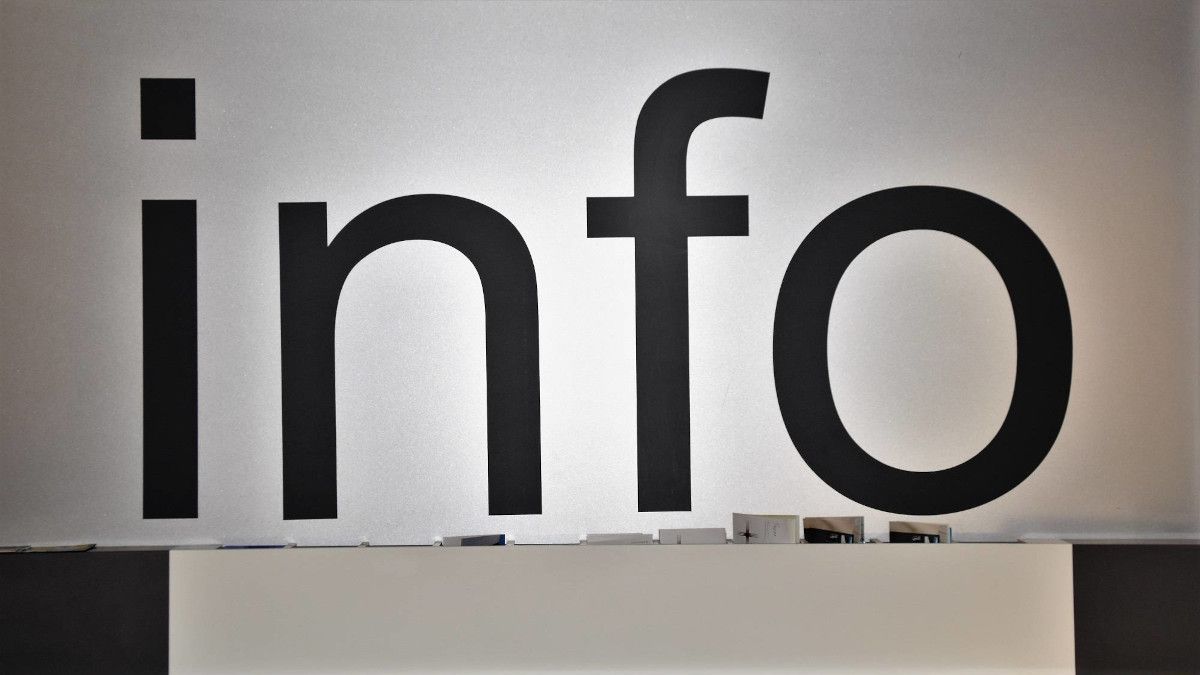
What Information Matters?
Most organizations have critical forms of information that are dictated by their business model or industry. The nature of operations in their businesses dictates that information on that entity be delivered as quickly as possible. For retailers, it might be in-stock inventory; for online companies, click-throughs and conversions; for engineering-oriented businesses, the new product development pipeline. At a retail clothing chain, for example, the type of information that was most critical was inventory levels in stores. That figure drove various other factors critical to performance and decision making, including avoidance of stockouts, the need for promotions and pricing changes, and reordering trends. Because of the distributed and constantly moving nature of inventory, however, it’s difficult to have rapid and accurate information. The company worked for several years to get it right and make it easily accessible to managers.
In a primarily online business, the overall cycle time is much faster than most other businesses, and the online behaviors of customers are the most critical type of information. Unique visitors, time spent on pages, click-throughs, conversions and abandoned orders are all critical pieces of information. They are needed quickly because they inform managers of the implications of changes in Web page designs, promotions, prices and technology function. Information on customer behavior was once considered rapid if it could be delivered daily, but now it is expected hourly or even more frequently.
However, the type of information needed most quickly is not static and varies with several conditions. The state of the economy, for example, is a major determining factor. Our survey suggested that the type of information most wanted quickly varies widely in a growth economy versus a down economic environment (see “Most Important Information Types by State of Economy”). Note that information of all types (except employee satisfaction) was viewed as more important in a down economy than a growth economy — in some cases, dramatically more so. With information such as quality, market share and competitor news, the differences across economic conditions were substantially less.
The importance of information also varies based on whether an organization is experiencing a crisis versus normal operations. As in a down economy, fast delivery of information is considered much more important overall in crisis mode than in normal daily operations. In a crisis, the most important information types involve cash flow, risk, budgets and scenarios/simulations. In normal operating environments, the most important information types involve quality, employee satisfaction and employee performance/productivity.


